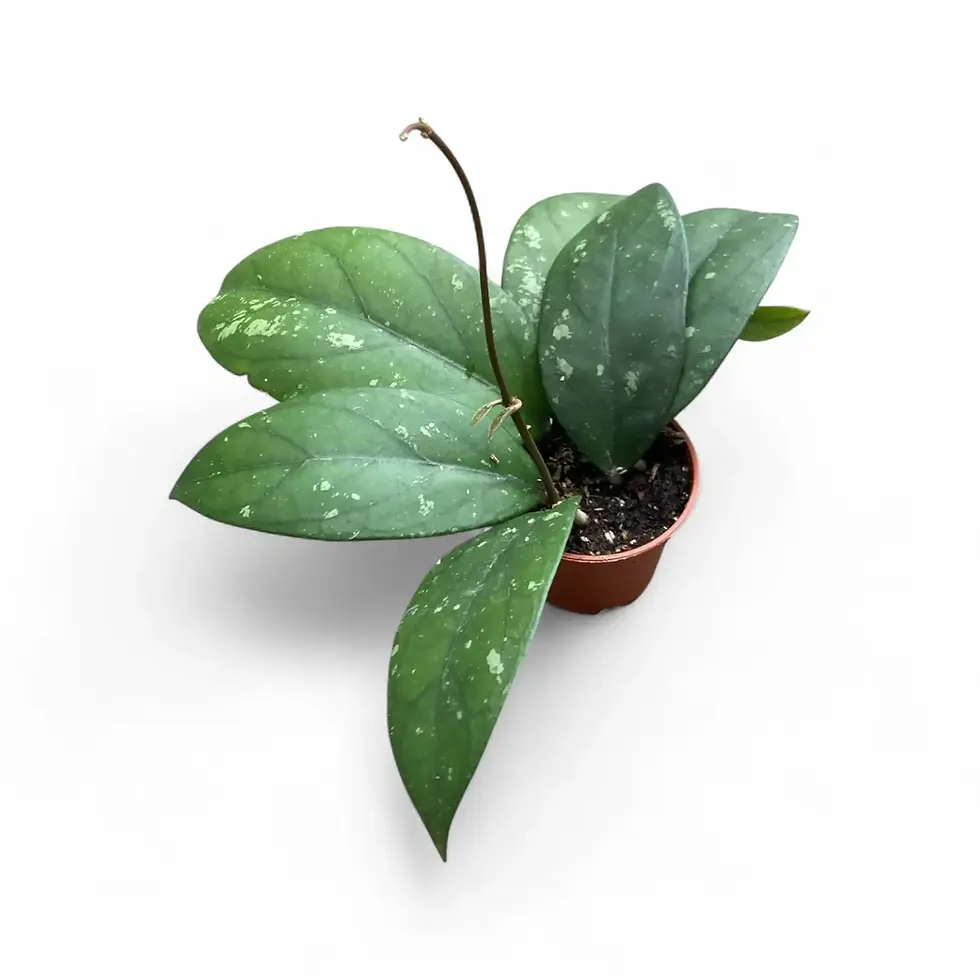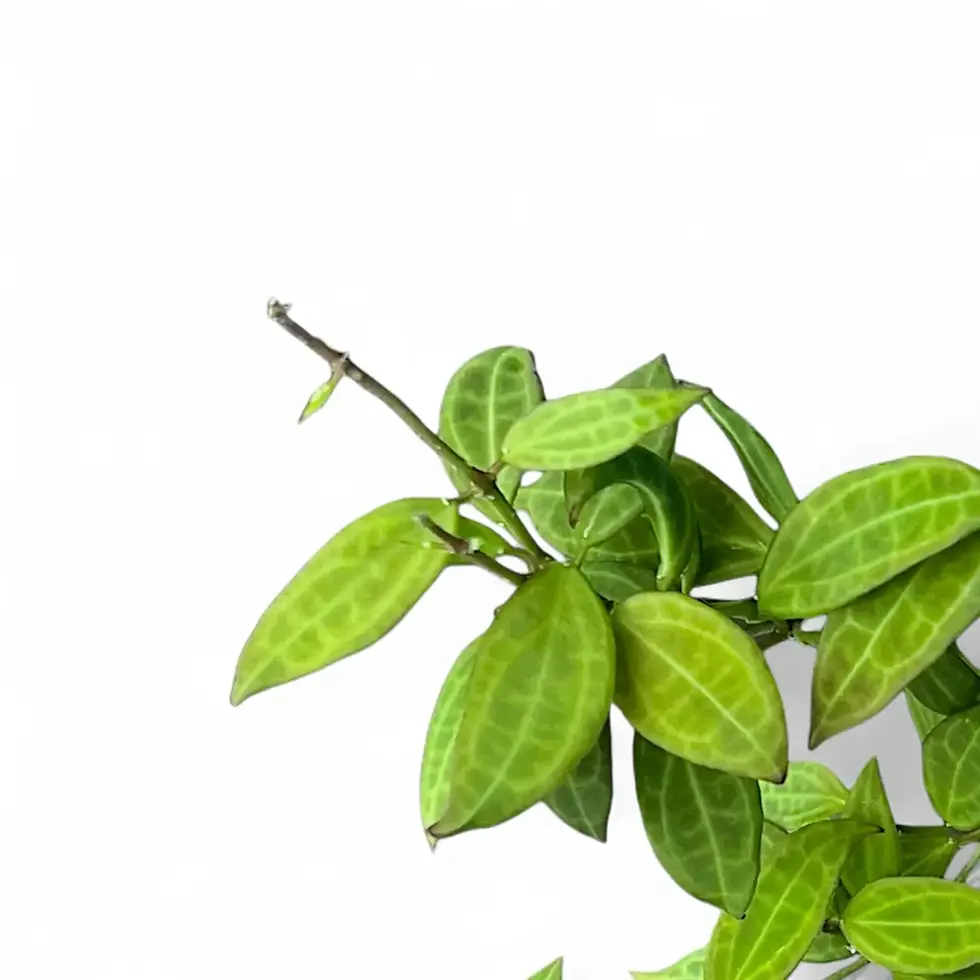Hoya blashernaezii – Rare Philippine Species for Collectors
Native to Catanduanes Island in the Philippines, Hoya blashernaezii is a striking vining species named in honor of Blas Hernaez, a key figure in Philippine Hoya research. Formally registered by Kloppenburg in 1999, this plant is prized for its slender, lance-like leaves and abundant floral clusters. Leaves typically measure 7–12 cm long and 2–3 cm wide, tapering to a fine point with a rounded base. In bloom, expect elegant umbels of 20–30 bell-shaped flowers, creamy yellow with delicate red pedicels, lasting about a week. While the fragrance is faint, the display is showy and frequent in warm, bright indoor conditions. Adaptable and forgiving, this species tolerates temperatures from 15–35 °C, making it suitable for a wide range of interiors.
What Makes Hoya blashernaezii Special
- Leaf Shape: Narrow, pointed leaves with clear midvein
- Flower Display: Cream-yellow bells, up to 30 per umbel
- Growth Form: Flexible climbing or trailing vines
- Blooming Period: Summer indoors, year-round in natural habitat
- Propagation: Easy from cuttings; roots readily in water or semi-hydro
- Temperature Range: Thrives in 15–35 °C indoors
Natural Background & Growth Behavior
Found in tropical lowland forests of Catanduanes, this Hoya grows as an epiphyte, clinging to tree branches in humid, filtered light conditions. With rainfall exceeding 2,500 mm annually and constant warmth, it is adapted to airy, moisture-retentive environments. Indoors, expect moderate to fast growth and vines reaching 1–2 m with time. Like other Hoyas, its sap is mildly toxic if ingested, so keep out of reach of pets and small children.
Essential Care at a Glance
- Light: Bright, indirect light; avoid harsh direct sun
- Watering: Let the top third of soil dry before watering again
- Humidity: Best above 60% for healthy foliage
- Temperature: 15–35 °C, stable environment preferred
- Soil: Use a fast-draining, airy mix with organic matter
- Feeding: Low-dose, balanced fertilizer every 4–6 weeks
- Repotting: Only when rootbound; no strict seasonal rule
- Propagation: Stem cuttings in water or semi-hydro substrates
- Pruning: Light trimming to manage length; keep peduncles for reblooming
Frequent Problems & How to Avoid Them
- Yellow Leaves: Often caused by excess water — allow proper drying cycles
- Root Rot: Ensure airy substrate and avoid standing water
- Pests: Watch for mealybugs or mites; treat early with insecticidal soap
- Lack of Flowers: Increase light and reduce nitrogen-heavy feeding
- Leaf Spotting: Improve airflow and maintain moderate humidity
Insider Tips for Best Growth
- Provide a trellis or hoop for vertical training or let it trail naturally
- Use room-temperature water to avoid stress
- Clean leaves gently to prevent dust build-up and pest issues
Botanical Context & Naming
The species name commemorates Blas Hernaez, a prominent figure in Philippine plant conservation. Officially recorded in 1999, Hoya blashernaezii remains a collector’s plant for its refined leaf structure and floral elegance.
Quick FAQs
- How long do the flowers last? Around one week per cycle indoors.
- Does it climb? Yes — naturally suited for trellises, poles, or hanging setups.
- Is it safe for pets? Sap is mildly toxic; keep out of reach.
Bring Hoya blashernaezii Home
Order now to add a rare Philippine native to your collection — admired for its graceful foliage and abundant, elegant blooms.
Hoya blashernaezii
Hoya blashernaezii comes in a ⌀ 6 cm pot and is approximately 10 - 15 cm tall.































